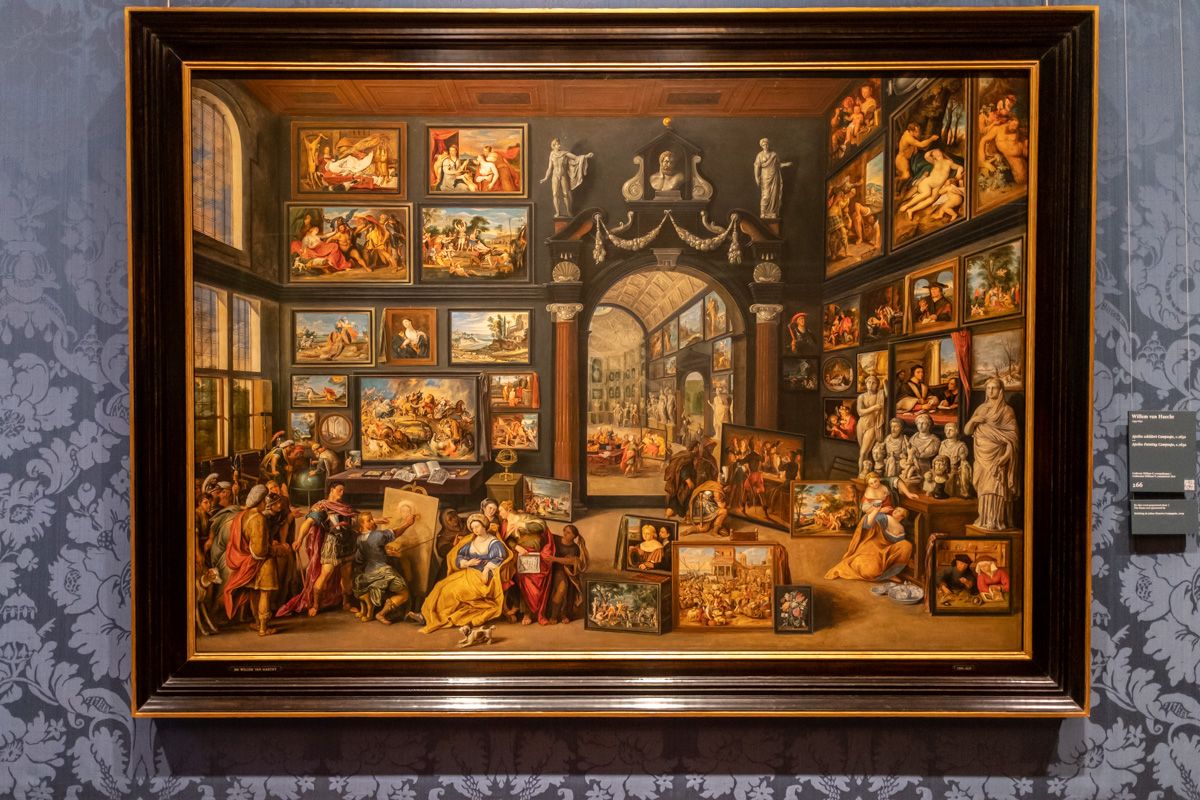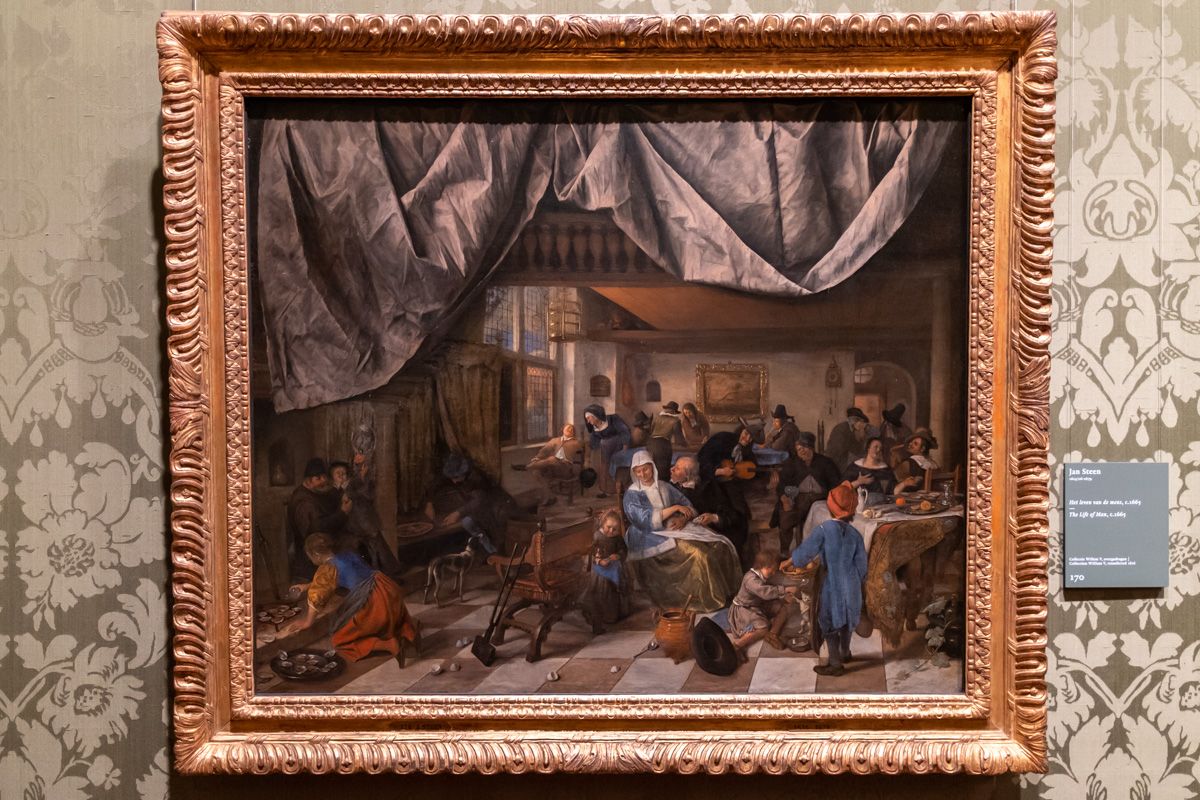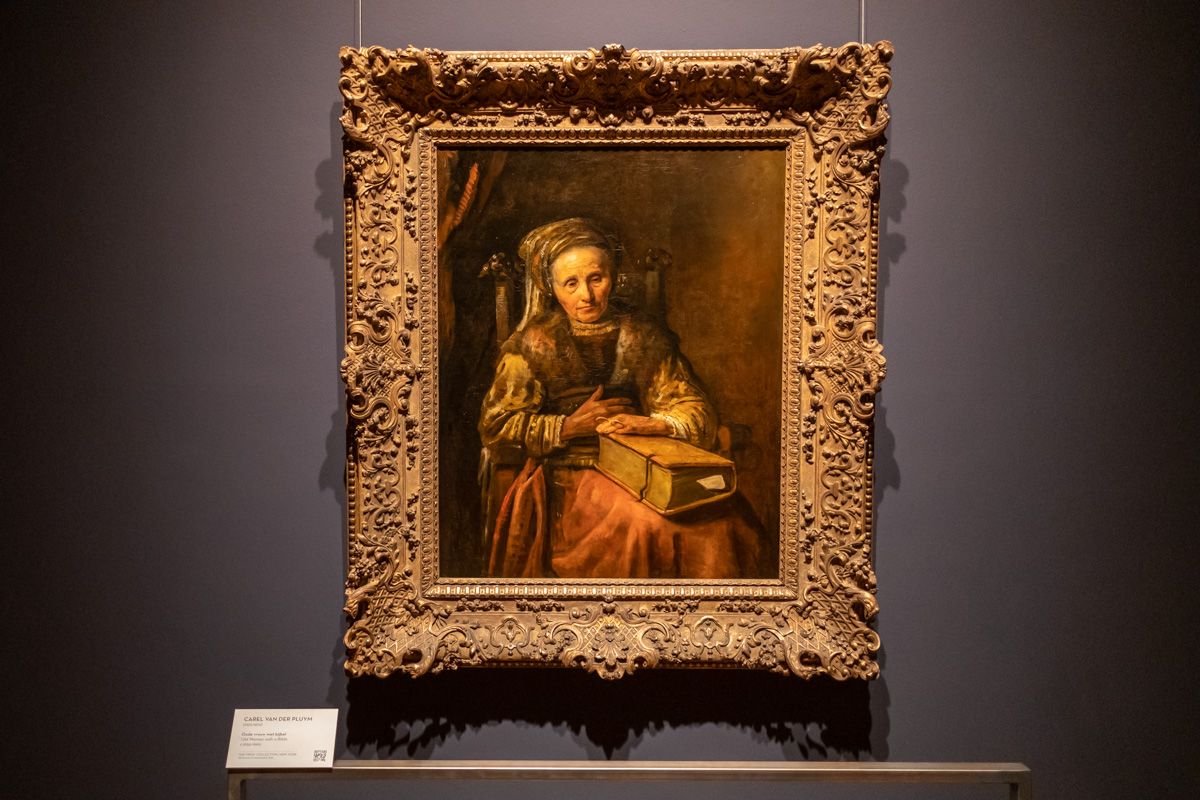
The Mauritshuis is one of my favourite museums. It is located in a former city palace in The Hague and houses many iconic masterpieces from the 16th and 17th century by the likes of Vermeer, Rembrandt, Jan Steen, Rogier van der Weyden, Hans Holbein, Paulus Potter, Peter Paul Rubens and many others. To celebrate its 200th anniversary the museum has organised a small exhibition with highlights from the Frick Collection in New York, a good reason to travel to The Hague and visit the museum again.
Most visitors come to see Vermeer’s "Girl with a Pearl Earring" and his "View of Delft", according to Marcel Proust the most beautiful painting in the world. "Girl with a Pearl Earring" has been called the Mona Lisa of the north. The way Vermeer has captured her as she looks over her shoulder gives the painting a sense of intimacy. It is as if she looks at you, and only you, from which ever angle you look.
The Mauritshuis is also home to Rembrandt’s "Anatomy Lesson of Dr Nicolaes Tulp" and "The Goldfinch" (1654) by Carel Fabritius, made famous by the best-selling novel by Donna Tartt of the same title. I should read it some time, by the way. I loved The Secret History.
Unless I go for a specific reason, whenever I visit a museum that I’ve visited before I just let myself be carried away by whatever catches my eye on that particular visit. On this occasion I carefully studied the brush strokes in the paintings by the late Rembrandt. A few weeks ago I visited the amazing exhibition Les choses. Une histoire de la nature morte (Things. A History of still life) at the Louvre, so I also took a closer look at some of the vanitas still lifes by Pieter Claez and Willem Claesz Heda, who are not related but who both worked in Haarlem, which may explain why some of their paintings feature the same glass.
I was also intrigued by "Apelles Painting Campaspe" (1630) by Willem van Haecht, pictured above, which shows a room filled with paintings and statues, all of which are in fact existing works of art, which Van Haecht reproduced for his own painting. The scene itself depicts a story from antiquity. It shows Apelles painting the portrait of Campaspe, the lover of Alexander the Great. Alexander thought the portrait was so beautiful that he took the painting and presented his lover to Apelles as a gift.

Another painting that caught my eye was "The Life of Man" (1665) by Jan Steen. Jan Steen is best known for his drinking scenes. "The Life of Man" shows an inn with people drinking, laughing, gambling, playing and eating oysters and fresh fruit. At the top of the painting you can see a half drawn curtain, the compositional element that drew my attention, emphasizing the idea as expressed also by Shakespeare in As You Like It (II, vii, 139-143), that “All the world's a stage. And all the men and women merely players.” If you look closely, in the middle, about one-third from the top, next to the bird cage, you can make out a young boy on the inn’s attic, blowing soap bubbles down towards the guests.
Elsewhere in the museum you can find a small, exquisite portrait of a young boy blowing soap bubbles (1670) by Caspar Netscher, although many visitors may miss it, because it hangs next to a door post. Indeed, what makes the Mauritshuis such a wonderful, intimate museum, are the creaky wooden floor, the silk wall coverings and the small rooms.

As to the highlights from the Frick Collection, they are just that: ten great paintings by Rembrandt, Frans Hals and Vermeer for which you would otherwise have to travel to New York. Rembrandt’s "Self Portrait" from 1658 is pretty awesome, but so is "Old Woman with a Bible" (1655-60) by Carel van der Pluym. Just look at the serene expression on her face. It is worth noting that the fact that she has a bible and reading glasses means that she could read. According to one theory the invention of the printing press and the spread of protestantism were instrumental in the rise of literacy, which meant that ordinary people too could read. The Netherlands were well ahead in this regard, which in turn was one of the driving forces of the Dutch Golden Age. There’s always more to see in paintings from the 15th, 16th and 17th century than meets the eye.
Manhattan Masters. Rembrandt and Friends from the Frick NYC is at the Mauritshuis, Den Haag until 15 January 2023.